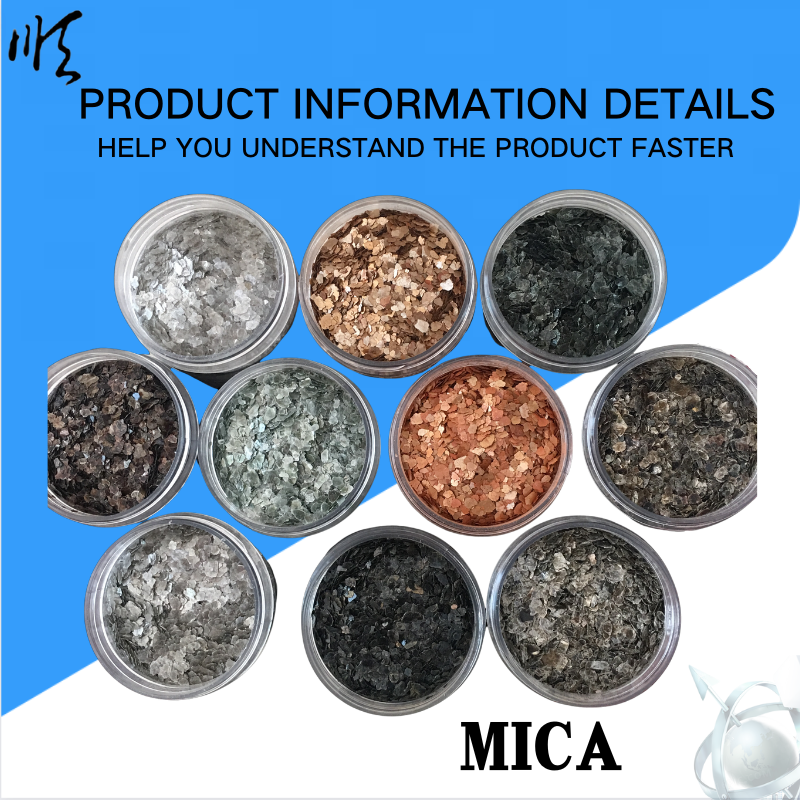
Exploring the Unique Properties and Uses of Pumice Stone in Everyday Life
The Pumice Stone Nature's Exfoliant
The pumice stone, a porous volcanic rock, has gained popularity over the centuries for its unique properties and diverse applications. Formed from rapidly cooled lava that traps gas bubbles, pumice is not only fascinating from a geological perspective but also offers a multitude of uses, particularly in beauty and skincare. This article will explore the origins, benefits, and various applications of the pumice stone, showcasing its significance in our daily lives.
First discovered thousands of years ago, pumice has its roots in volcanic activity. When lava flows from a volcano and cools quickly, it can solidify into a lightweight rock filled with tiny air pockets. This aeration gives pumice its distinctive texture, making it both abrasive and gentle, a combination that is effective for various tasks. Its lightweight nature allows it to float on water, a characteristic that sets it apart from many other stones. Historically, pumice has been used by ancient civilizations, including the Egyptians and Romans, for personal grooming and construction purposes.
One of the most celebrated qualities of pumice stone is its ability to exfoliate. For skincare enthusiasts, pumice stones are a natural means of removing dead skin cells, promoting smoother and healthier skin. When used on feet, pumice can effectively eliminate calluses and rough patches, leading to softer soles. Many people incorporate pumice into their pedicure routines, utilizing it as a tool to keep their feet looking their best, especially during the summer months when sandals are in style. The stone’s rough surface gently sloughs away dead skin while promoting blood circulation, making it an ideal companion for personal care.
the pumice stone

In addition to its uses in skincare, pumice stone has applications in various industries. In construction, pumice is often used as an additive in concrete and asphalt due to its lightweight and insulating properties. The mineral’s porous nature makes it an effective material for creating lightweight block units, which are both durable and energy-efficient. Furthermore, pumice can be utilized as a natural filter media for water purification, helping to remove impurities and improve water quality.
Gardening enthusiasts also appreciate pumice for its role in enhancing soil quality. When mixed with potting soil, pumice improves aeration and drainage, creating an ideal environment for plant roots to thrive. This is particularly beneficial for succulent and cactus lovers, as these plants require exceptional drainage to avoid root rot. Adding pumice to garden soil can lead to healthier plants and improved water retention, making it an eco-friendly choice for sustainable gardening.
Lastly, the pumice stone has cultural significance in various traditions around the world. In some cultures, it is used in rituals and ceremonies, symbolizing the cleansing of the spirit and the shedding of negative energies. Its connection to volcanic activity also associates it with rebirth and renewal, making it a powerful symbol in spiritual practices.
In conclusion, the pumice stone is a remarkable natural resource with a diverse range of applications. From its historical use in personal care to its modern applications in construction and gardening, pumice continues to be an invaluable asset in our lives. As we explore innovative ways to incorporate this volcanic gem into our routines, we not only benefit personally but also connect with the earth’s geological wonders. Whether it’s through skincare, home improvement, or gardening, the humble pumice stone proves that nature’s gifts can elevate our everyday experiences.
Share
-
Fly Ash Solutions Enhanced by GPT-4 Turbo | Sustainable InnovationNewsAug.01,2025
-
Natural Premium Bentonite Cat Litter - Superior ClumpingNewsJul.31,2025
-
Premium Resin Coated Sand - High Heat Resistance CastingNewsJul.31,2025
-
High Quality Silicon Carbide Grit for Abrasive ApplicationsNewsJul.30,2025
-
High-Quality Ceramsite for Plants & Gardening | Lightweight PebblesNewsJul.29,2025
-
Premium Burgundy Glass Marbles for Vases & Shooter GamesNewsJul.29,2025






